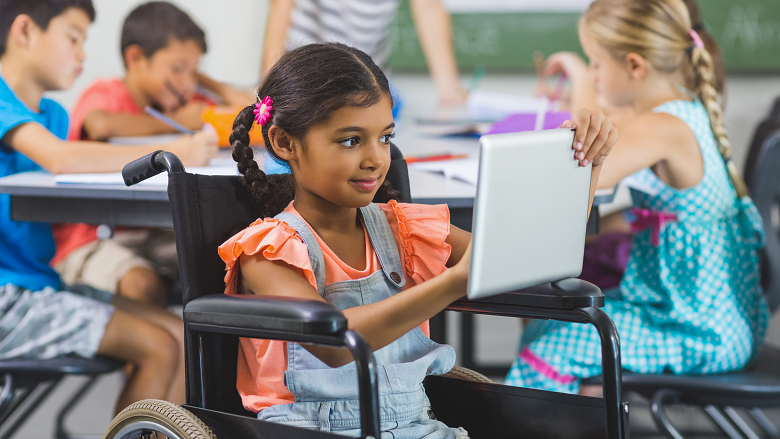Before we get into the details of informal education, it’s important to first define formal education. It’s essentially a typical classroom environment supplied by persons who have been specially trained to teach a specific subject. Formal education, unlike informal education, is separated into stages based on the amount of material a student is likely to comprehend.
Formal education begins at the age of six (although this varies by country) and includes basic abilities such as learning to read and write, as well as post-secondary school and post-graduate studies.
Informal education, on the other hand, lacks the structure and levels seen in official education. It is more natural and spontaneous, which means that the information you learn through this kind of instruction is based on personal experience. This can include going to locations like museums, libraries, and other non-traditional educational facilities, as well as simply looking at circumstances that allow a person to absorb vital information.
For example, formal schooling can teach you about fire, physics, and thermodynamics in more advanced subjects. However, informal education occurs when you witness someone’s hand being burned when they touch a pot handle without a potholder and learn that the heat from the stove passed to the pot handle, indicating that you should be cautious when handling your cooking ware.
Informal Education’s Characteristics
Informal learning is far more spontaneous than a conventional education, which is timed and scheduled. People from all walks of life can benefit from informal education even before entering preschool if they are currently learning from everything around them.
There are no criteria, curriculums, or standards for informal learning. While there are some acceptable guidelines for teaching your child how to brush their teeth, there is no right or wrong way to teach your child which section of your teeth to brush first. Because there is no curriculum or standardized assessments, it is difficult to measure or test how well a learner comprehends — it is either they grasp or they don’t.
Because informal learning is voluntary, persons who learn must be motivated to do so. It can be tough to get a child to remember how to tie a shoelace if they aren’t interested in learning on their own.
Informal learning can come from a qualified instructor who teaches you something outside of the curriculum, but anyone can be a teacher in informal education, regardless of credentials or whether or not they have a teaching license. In truth, your parents and the people with whom you grew up are most likely your first informal teachers.
And, unlike formal education, which ends when you reach a particular age or opt to leave an educational institution, you can continue to learn informally. Even fully matured middle-aged persons can profit from informal learning if they are eager to learn for their own gain. One elderly person learning how to operate a touch screen phone for a younger person, for example, is an example of informal learning. Another example of informal schooling is someone who asks for directions.
That isn’t to say that there isn’t a third style of education: non-formal. Non-formal learning does not always follow the same framework as formal education, but it is also not as spontaneous. After-school programs, non-credit education classes, seminars, and conferences are all examples.











